
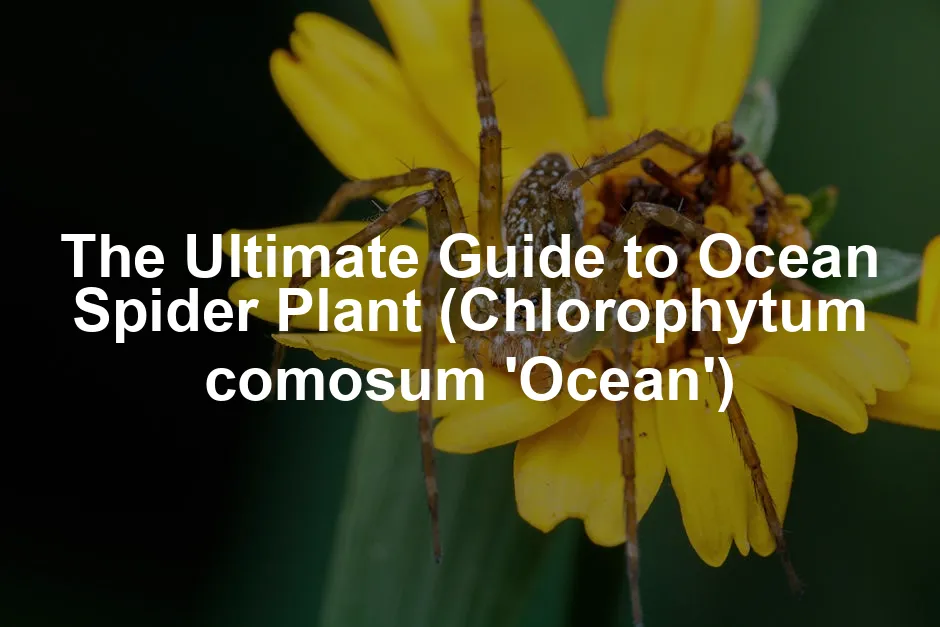
The Ultimate Guide to Ocean Spider Plant (Chlorophytum comosum ‘Ocean’)
Introduction
The Ocean Spider Plant is a beloved houseplant. Its striking foliage and easy care make it popular among plant enthusiasts. This article aims to share essential care tips and insights about this captivating plant, so you can enjoy its beauty in your home.
But before we dive in, make sure you’re equipped with the right tools! The right Indoor Plant Pot with Drainage can make all the difference in keeping your plant happy and healthy!
Summary and Overview
Chlorophytum comosum ‘Ocean’ is a stunning variety of the classic Spider Plant. It features shorter, wider leaves that grow in a clumping habit, creating a lush appearance. Originating from southern Africa, this species thrives in various indoor conditions. Its vibrant green leaves are edged with creamy white, adding elegance to any space.
This plant is not just attractive; it also purifies the air. Studies show it helps remove toxins like formaldehyde and xylene, making your home healthier. Its popularity stems from its low maintenance and adaptability, perfect for both beginners and seasoned plant lovers.
In this guide, we will discuss care tips, common issues, propagation methods, and the benefits of keeping an Ocean Spider Plant. Whether you’re a new plant parent or looking to expand your collection, this guide will provide valuable insights.
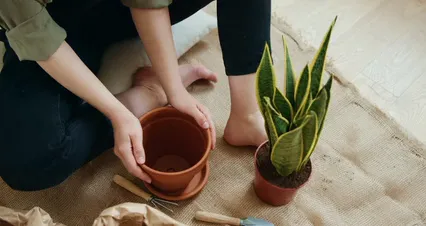
What is the Ocean Spider Plant?
Description and Characteristics
The Ocean Spider Plant, scientifically known as Chlorophytum comosum ‘Ocean’, belongs to the Asparagaceae family. This evergreen perennial showcases long, ribbon-like leaves that arch gracefully from the center of the plant. The leaves are a vibrant green, with striking creamy white edges that enhance its visual appeal.
Often referred to as the Spider Plant or Ribbon Plant, it is known for producing small, star-shaped flowers and plantlets. These plantlets dangle from slender stems, creating a cascading effect that’s particularly beautiful in hanging pots. The Ocean variety is compact, making it suitable for various spaces, from shelves to window sills.
This plant is known for its resilience and forgiving nature. It can tolerate low light and occasional neglect, making it an ideal choice for busy individuals. With its unique charm and air-purifying qualities, the Ocean Spider Plant is a delightful addition to any indoor garden.
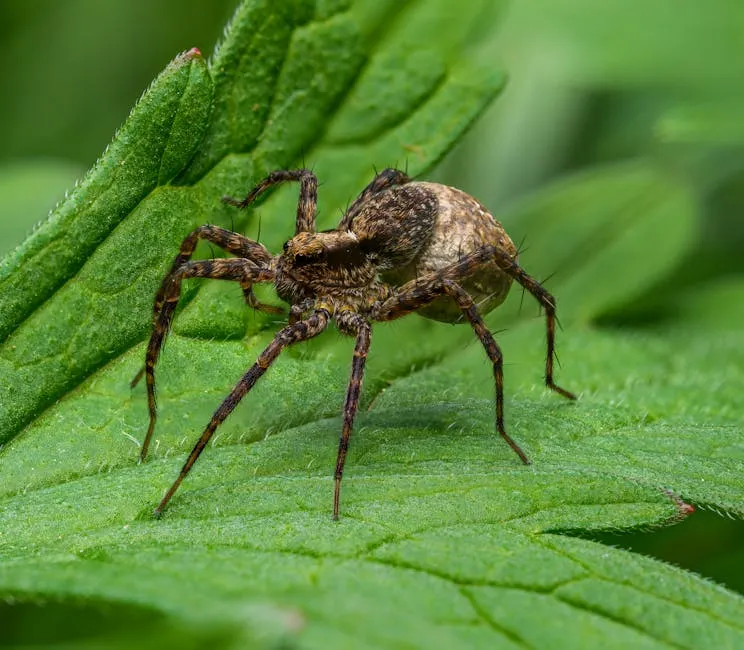
Origin and Habitat
The Ocean Spider Plant hails from tropical and southern Africa. Its native regions include countries like Cameroon, Ethiopia, and South Africa. In the wild, it thrives in shaded, damp areas such as forest understories and rocky terrains. This resilient plant has adapted remarkably well to indoor environments.
Indoors, it prefers bright, indirect light and can tolerate lower light levels. Its ability to adjust to varying conditions makes it a favorite among houseplant lovers. With proper care, the Ocean Spider Plant can flourish in various home settings, adding a touch of greenery to any space.
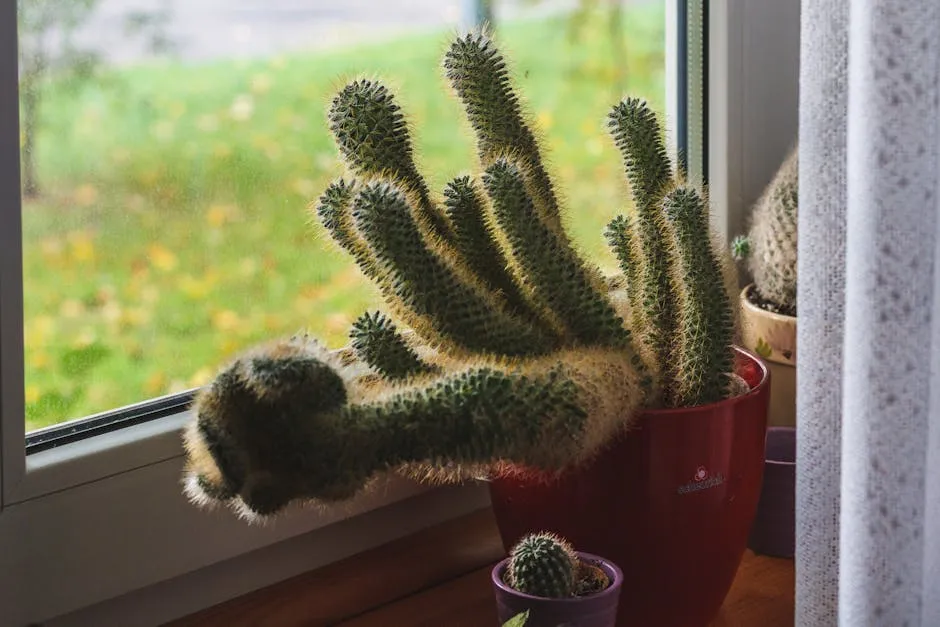
Ideal Growing Conditions
Light Requirements
For optimal growth, the Ocean Spider Plant needs bright, indirect light. This lighting mimics its natural habitat, where it thrives under the canopy of larger plants. Insufficient light can cause its beautiful variegation to fade and slow growth. Conversely, too much direct sunlight can scorch the leaves, leading to brown tips. Proper lighting is vital for maintaining the plant’s vibrant appearance.
To help with lighting, consider investing in an LED Grow Light. It will ensure your plant gets the light it needs, especially during those darker days!

Soil Preferences
The Ocean Spider Plant thrives in a well-draining potting mix. A blend that includes peat, perlite, and pine bark works best. Good soil quality is essential for preventing root rot and ensuring healthy growth. Always choose a pot with drainage holes to allow excess water to escape, keeping the roots happy and hydrated.
For the best results, check out this Organic Potting Soil Mix. It’s like a spa day for your plants!
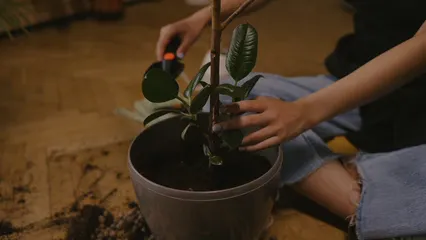
Temperature and Humidity
This plant prefers temperatures between 65°F to 75°F (18°C to 24°C). It can tolerate slightly cooler conditions but struggles below 50°F (10°C). As for humidity, the Ocean Spider Plant enjoys moderate levels. In dry indoor air, you can mist the leaves or place a humidifier nearby. Maintaining humidity will help keep the leaves lush and vibrant.
Speaking of humidifiers, an Indoor Humidifier can work wonders in creating the perfect environment for your plant!
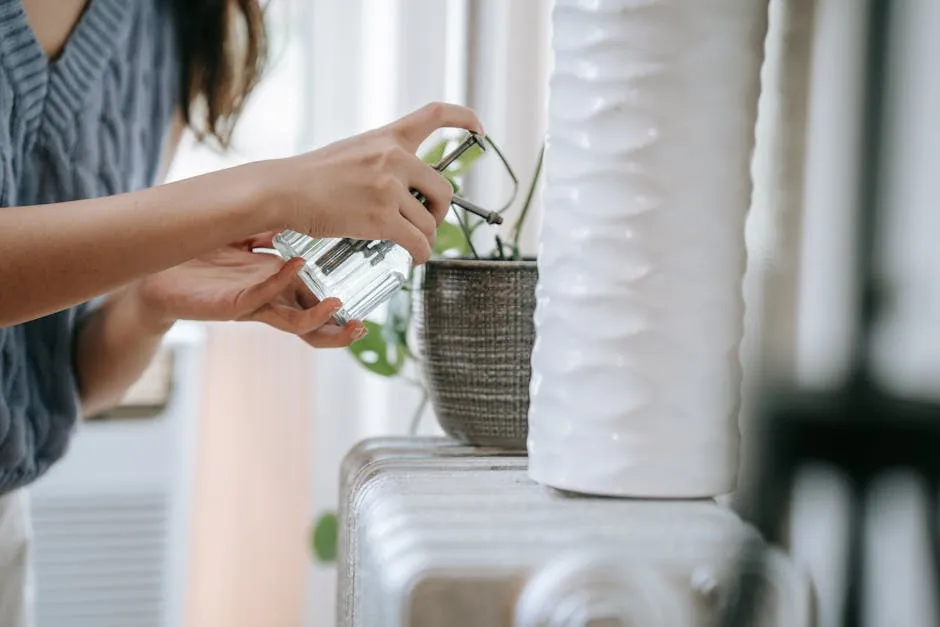
Care Instructions
Watering Guidelines
The Ocean Spider Plant requires a careful watering routine. Water it every 1-2 weeks during the growing season. Ensure the top inch of soil dries out between waterings. In winter, reduce watering frequency; the plant needs less moisture as growth slows.
Watch for signs of distress. Yellowing leaves may indicate overwatering, while browning leaf tips suggest underwatering. Adjust your schedule based on the plant’s needs to keep it healthy and vibrant.
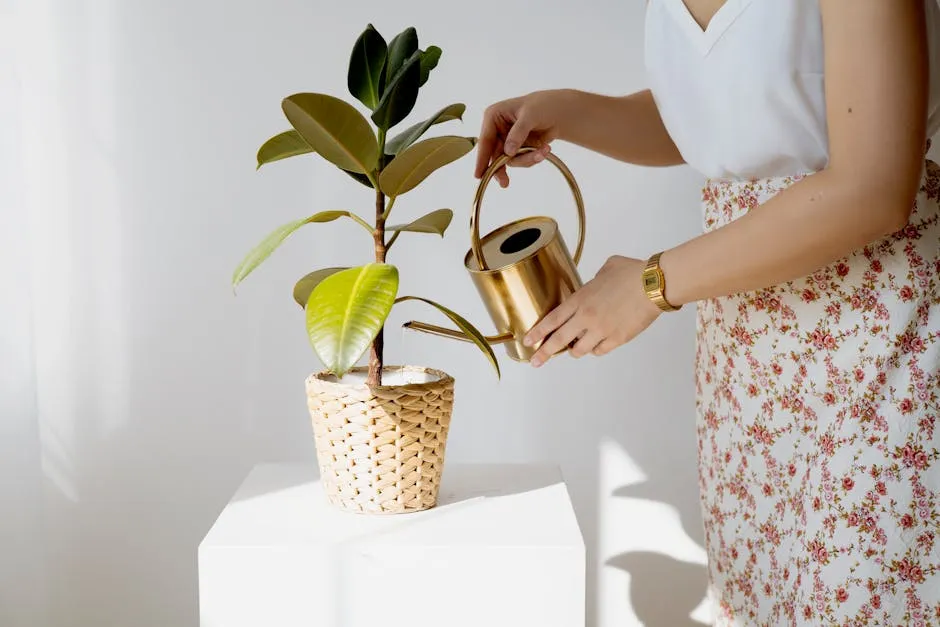
Fertilization
Fertilizing your Ocean Spider Plant is crucial for its growth. Use a balanced, water-soluble fertilizer every 4-6 weeks during the growing season. This will provide essential nutrients that support healthy foliage and plantlet production.
Avoid fertilizing in winter when the plant is dormant. Nutrients during the active growing season help maintain its striking appearance and promote new growth. You can find great options like Water-Soluble Plant Fertilizer to keep your plant thriving!
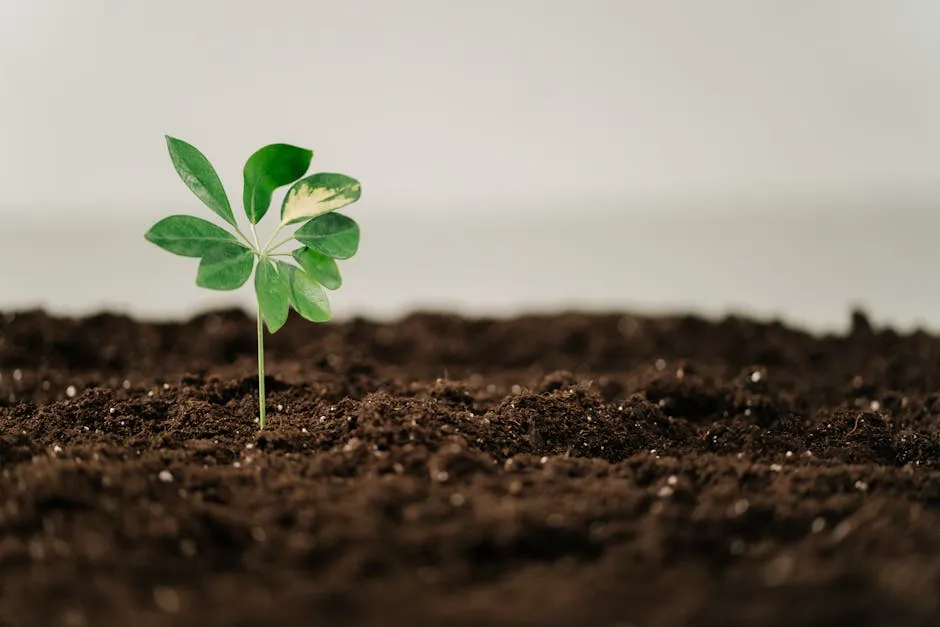
Pruning and Maintenance
Pruning is vital for the Ocean Spider Plant’s health. Remove any yellow or dead leaves regularly. This encourages new growth and keeps the plant looking fresh. You can also trim back any unwanted leggy growth to maintain its shape.
Leaf cleaning is just as important. Wipe leaves with a damp cloth to remove dust, ensuring they can absorb adequate light. Regular maintenance will enhance the beauty of your plant and support its overall well-being. Don’t forget to wear Gardening Gloves to protect your hands while you pamper your plant!

Common Problems and Solutions
Pests and Diseases
The Ocean Spider Plant can attract a few pests. Common culprits include spider mites and mealybugs. These pests can damage your plant if not dealt with promptly.
If you notice webbing or cotton-like clusters, act quickly. Treat infestations with insecticidal soap or neem oil for plants. Regularly check your plant, especially under the leaves, to catch any issues early. Keeping your plant healthy through proper care will also reduce the risk of pests.
Using neem oil can effectively control pests like spider mites. Learn more about neem oil for plants.

Propagation Techniques
How to Propagate
Propagating your Ocean Spider Plant is simple and rewarding. It mainly produces plantlets, often called “babies,” which can easily grow into new plants. Here’s how to do it step by step:
- Identify Plantlets: Look for healthy plantlets hanging from the main plant. They typically develop at the end of slender stems.
- Prepare Soil: Use a well-draining potting mix. A blend of peat, perlite, and pine bark works well. Make sure your pots have drainage holes.
- Detach Plantlets: Gently pull or cut the plantlet from the stem. Aim for a clean cut to prevent damage.
- Rooting in Water: For quicker rooting, place the plantlet in a glass of water. Ensure the base is submerged while the leaves stay above water. Change the water every few days.
- Transplant to Soil: Once roots develop (about 2-4 inches long), transplant the plantlet into soil. Water it lightly after planting.
- Care for New Plants: Place the new pot in a bright, indirect light location. Keep the soil moist but not soggy. Watch for signs of growth.
Following these steps will help you expand your Ocean Spider Plant collection effortlessly. You can also check how to propagate succulents from leaf cuttings for additional propagation techniques. And if you’re feeling fancy, consider a Plant Propagation Station to showcase your new green babies!

For more propagation techniques, you can explore how to propagate succulents from leaf cuttings.
Benefits of Keeping Ocean Spider Plants
Air Purification
The Ocean Spider Plant is more than just a pretty face; it’s also an air purifier. Studies have shown that Spider Plants can remove harmful toxins from indoor air. They effectively filter out pollutants like formaldehyde and xylene, which are common in many households. By adding this plant to your space, you’re not only enhancing aesthetics but also promoting a healthier living environment.
To learn more about air-purifying plants, grab a copy of the Air Purifying Plants Book and discover more green gems for your home!
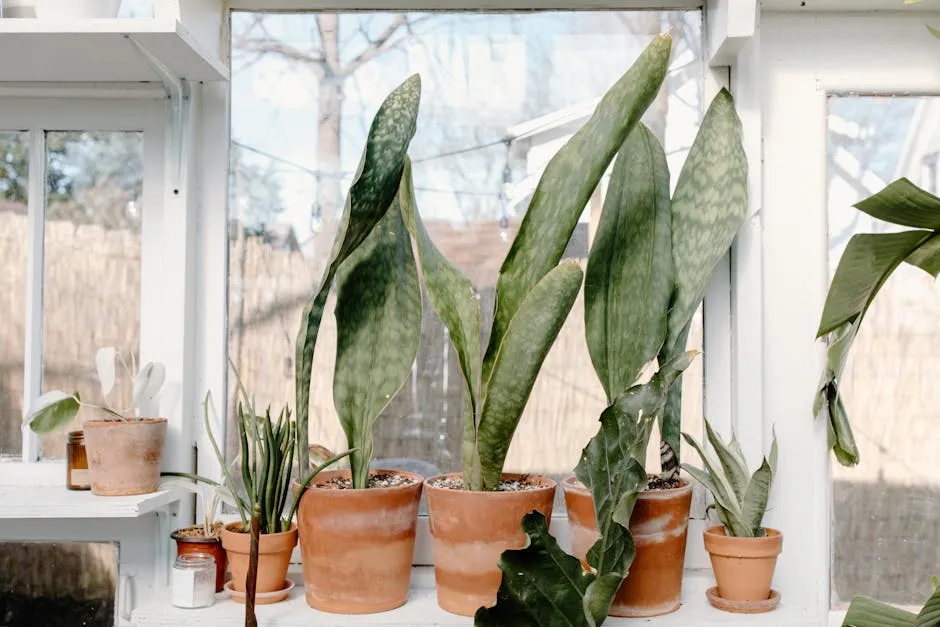
Aesthetic Value
With its lush, arching leaves, the Ocean Spider Plant enhances any décor. Its vibrant green foliage, accented by creamy white edges, adds life to dull corners. Consider placing it in a hanging basket or on a high shelf. This allows the plantlets to cascade beautifully. You could also group it with other plants for a stunning display. Its versatility makes it a perfect choice for various settings, from cozy apartments to bustling offices. Enjoy the charm and freshness it brings!
For an even more stunning display, check out some Hanging Planter Baskets to let your plant shine!

Frequently Asked Questions (FAQ)
What are the signs of a healthy Ocean Spider Plant?
A healthy Ocean Spider Plant boasts vibrant green leaves with creamy white edges. These leaves should be firm and upright, not drooping or wilting. You might notice small plantlets growing from the main plant, which is a great sign of vitality. Additionally, look for an absence of pests or discolored leaves. Regularly checking for these signs ensures your plant remains in top shape.
Can the Ocean Spider Plant survive in low light?
Yes, the Ocean Spider Plant is quite adaptable. It can thrive in low light conditions, making it perfect for various indoor spaces. However, to maintain its striking variegation, bright indirect light is preferred. In low light, the plant may grow slower and lose some of its vibrant color. Always monitor its condition and adjust lighting as needed.
Is the Ocean Spider Plant safe for pets?
Absolutely! The Ocean Spider Plant is non-toxic to both pets and humans. This makes it an excellent choice for homes with curious cats and dogs. You can enjoy its beauty without worrying about your furry friends getting harmed.
How often should I repot my Ocean Spider Plant?
Repotting should occur every 1-2 years or when the plant becomes root-bound. Signs that it needs a larger pot include roots growing out of the drainage holes or slowing growth. Choosing a pot one size larger with fresh potting mix will provide ample space for growth.
Why are the leaves of my Ocean Spider Plant turning yellow?
Yellowing leaves can indicate a few issues. Overwatering is the most common cause, as it leads to root rot. Ensure the top inch of soil dries out between waterings. If the plant is in too much direct sun, leaves may also yellow. Adjust its position or lighting to help restore its health.
Conclusion
The Ocean Spider Plant is a fantastic, easy-care houseplant that brings beauty and health benefits to your home. Its vibrant leaves add style, while its air-purifying qualities enhance indoor air quality. If you’re looking for a stunning addition to your plant collection, consider the Ocean Spider Plant. And if you’re feeling adventurous, why not start an Indoor Herb Garden Kit to complement your green thumb!
Please let us know what you think about our content by leaving a comment down below!
Thank you for reading till here 🙂
All images from Pexels



